By futureTEKnow | Editorial Team
For couples struggling with infertility, every new treatment can feel like a distant hope—until now. One recent case out of Columbia University is turning heads across the tech and medical communities, proving that artificial intelligence isn’t just transforming industries—it’s changing lives.
Azoospermia, a rare but devastating form of male infertility, means that a man’s ejaculate contains virtually no sperm. For years, this diagnosis was a dead end for couples hoping for biological children. Even with advanced fertility treatments, finding viable sperm in these cases was like searching for a needle in a thousand haystacks.
Traditionally, laboratory experts would spend hours—sometimes days—manually combing through samples, often coming up empty-handed. The process was painstaking, invasive, and emotionally exhausting.
At Columbia University Fertility Center, a team led by Dr. Zev Williams developed STAR (Sperm Tracking and Recovery), an AI-powered tool inspired by astrophysical techniques for spotting distant stars. Instead of scanning the cosmos, STAR scans millions of microscopic images to detect the tiniest, rarest sperm cells.
In a recent case, after nearly two decades and 15 failed IVF cycles, a New York couple turned to STAR as a last resort. Laboratory experts had spent 48 hours searching the husband’s sample manually, with no success. STAR, however, found 44 viable sperm cells in just one hour.
With the sperm identified by STAR, the couple proceeded with a standard IVF cycle in March 2025. Today, they’re four months into a healthy pregnancy—a milestone that once seemed out of reach.
Dr. Williams describes the achievement as a paradigm shift: “We’re flipping the equation. Instead of having more sperm than eggs, we’re now able to find the rare sperm that would have otherwise gone unnoticed.”
This breakthrough isn’t just about one couple’s success. It’s a glimpse into the future of reproductive medicine. The STAR system is currently being used on hundreds of patients at Columbia, with plans to expand access soon.
As the AI algorithm continues to learn from each cycle, its accuracy and efficiency will only improve. Experts believe similar technologies could be adapted for other fertility challenges, such as embryo selection and genetic screening.
For the estimated one in six people affected by infertility worldwide, AI-driven tools like STAR represent more than just a technological marvel—they’re a beacon of hope. By combining artificial intelligence with human perseverance, we’re entering an era where the impossible is becoming possible.
Stay tuned for more updates as AI continues to push the boundaries of what’s achievable in fertility and beyond.
Founded in 2018, futureTEKnow is a global database dedicated to capturing the world’s most innovative companies utilizing emerging technologies across five key sectors: Artificial Intelligence (AI), immersive technologies (MR, AR, VR), blockchain, robotics, and the space industry. Initially launched as a social media platform to share technology news, futureTEKnow quickly evolved into a comprehensive resource hub, spotlighting the latest advancements and groundbreaking startups shaping the future of tech.

Bridgit Mendler’s Northwood Space is pioneering mass-produced ground stations, enabling scalable, high-speed connectivity for the new era of satellite networks and megaconstellations.

SpaceX aims to nearly double launches from Vandenberg in 2025, facing support from federal agencies but strong objections from the state and local communities.

Traditional Medicare will pilot AI-assisted prior authorization in 2026 across six states, focusing on high-risk outpatient services. Clinicians retain final say, but incentives and access concerns loom as CMS tests fraud reduction and “gold card” exemptions. Here’s what providers and patients should know.
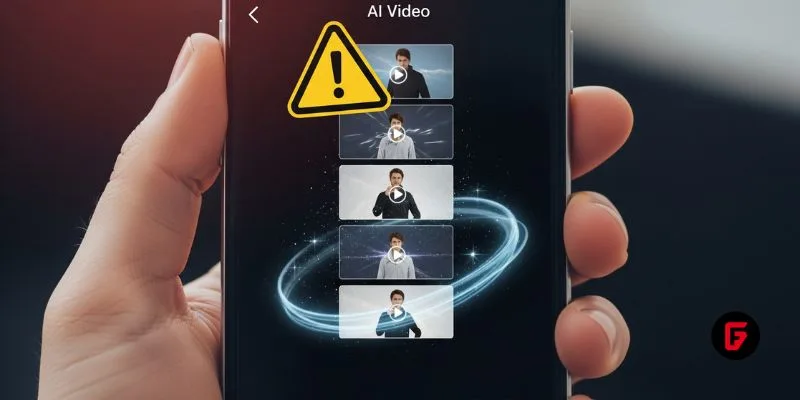
OpenArt’s new “one-click story” compresses scripting, visuals, and edits into ready-to-post short videos—fueling viral growth and a fresh IP debate. We break down how it works, adoption signals, what’s next (multi-character, mobile), and practical guardrails creators and brands should follow to stay original and compliant.

OpenAI’s o3 swept the Kaggle AI chess tournament, defeating xAI’s Grok 4–0. The victory fueled the intense rivalry between Altman and Musk, reshaping AI benchmarks.
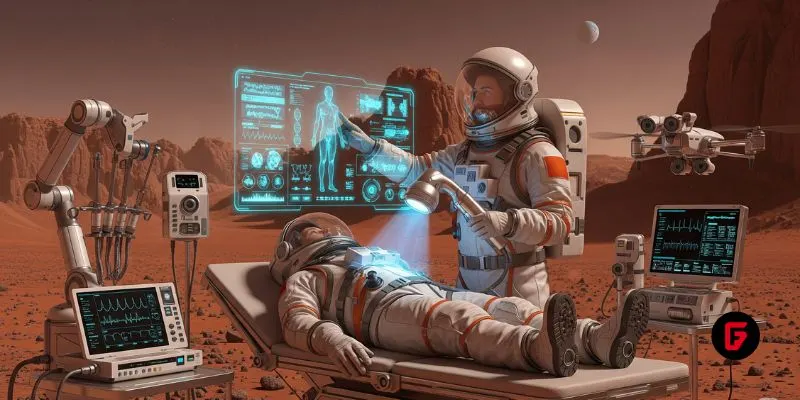
NASA and Google’s AI-powered Crew Medical Officer Digital Assistant enables autonomous diagnoses for astronauts on Mars missions, redefining remote healthcare for space and Earth.

Pinterest’s CEO confirms that fully agentic AI shopping is years away, as the platform invests in AI-powered tools to enhance discovery, inspiration, and personalized shopping experiences for millions.
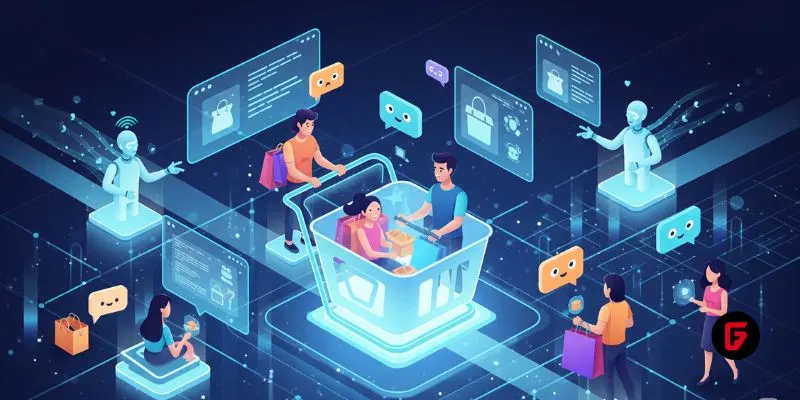
Shopify’s new AI shopping tools are transforming e-commerce, letting agents and chatbots deliver smooth, personalized shopping and checkout experiences across platforms. Learn how these innovations reshape online retail.
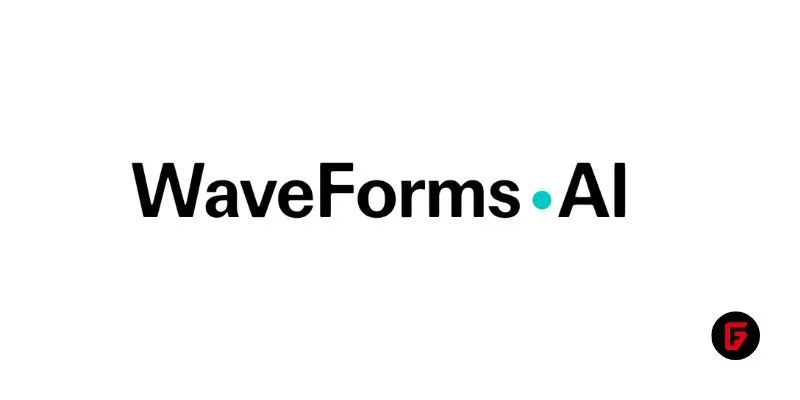
Meta has acquired WaveForms AI, a startup pioneering emotion-detecting voice technology. Learn what this means for Meta’s AI voice ambitions and the future of AI audio.
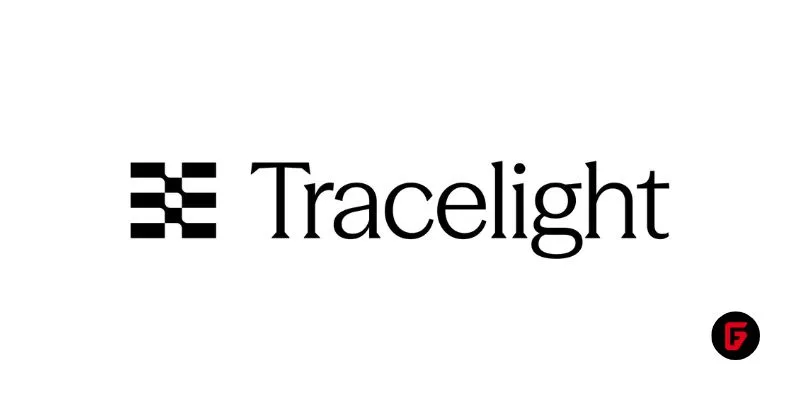
Tracelight is revolutionizing financial modelling for finance professionals with AI-powered Excel tools that automate complex tasks, reduce errors, and unlock new analysis capabilities. Learn how this next-gen solution changes the future of spreadsheets.

China’s Lanyue lander completed its first major test, showcasing advanced engineering for safe, crewed moon landings before 2030. Explore how this milestone shapes the space race.

Microsoft rolls out GPT-5 across its Copilot suite, integrating smarter AI for enterprise and personal users. Discover new features, free access, and what sets this launch apart.
To provide the best experiences, we use technologies like cookies to store and/or access device information. Consenting to these technologies will allow us to process data such as browsing behavior or unique IDs on this site. Thanks for visiting futureTEKnow.